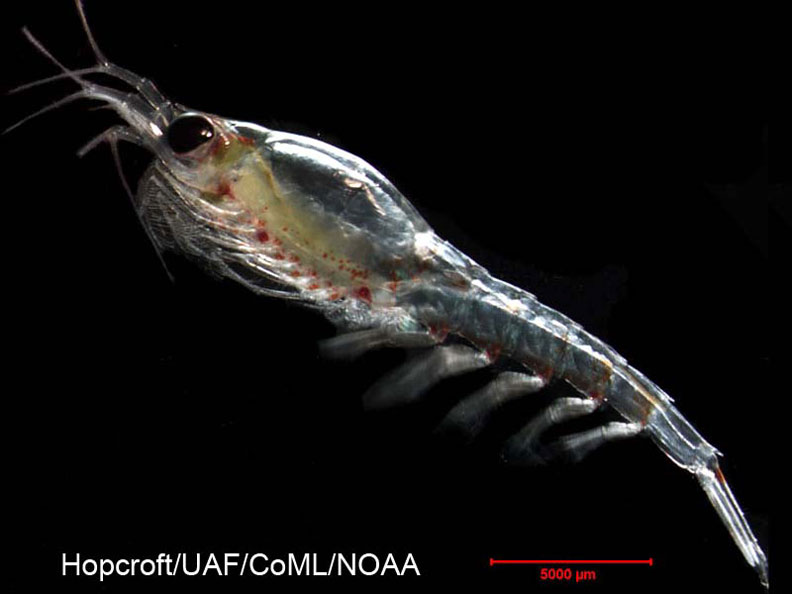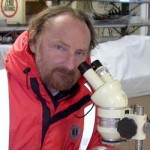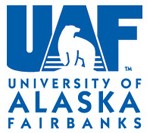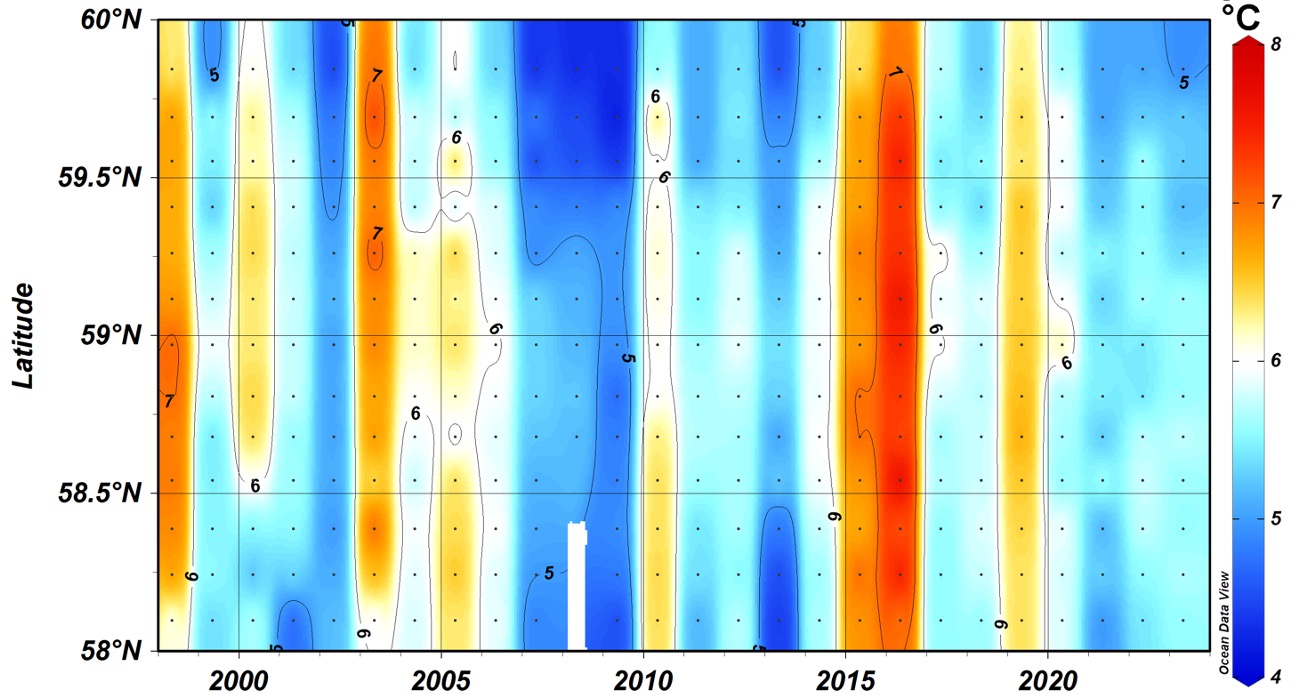Why are we sampling?
The Gulf of Alaska (GOA) supports a diverse ecosystem that includes several commercially important fishes and culturally and economically important mammals and plants. Historic observations suggest a connection between the GOA ecosystems and climate variations that range from interannual to interdecadal; however, the specific mechanisms by which climate variation causes ecosystem changes are poorly understood. Sampling along the Seward line produces a multi-year data set that lets us better understand the seasonal cycle and the yearly variability in environmental conditions and biological productivity in the Gulf of Alaska.
Where are we sampling?
The Seward line is a transect of oceanographic survey stations that begins at the GAK1 mooring at the mouth of Resurrection Bay in the Gulf of Alaska (59°50.7’N, 149°28.0’W) and continues south across the Gulf of Alaska to the outer edge of the continental Shelf, or “shelf break” (58°5.9’N, 147° W). It is now embedded in the Northern Gulf of Alaska Long-term Ecological Research (NGA-LTER) program that adds additional lines from the Copper River to past Middleton Island and from Kodiak’s Albatross bank to offshore waters.
How are we sampling?
We sample the Seward line in early May, mid-summer (July), and mid-September from a research vessel and collect data about various environmental and biological conditions from salinity and temperature to plankton. The water column is sampled using a CTD (conductivity, temperature, depth) profiling instrument, plankton nets, and instruments that sample the water from different depths to evaluate carbonates for ocean acidification monitoring. While physical data are read directly from instruments, chemical and biological data require considerable post-cruise laboratory analyses.
What are we finding?
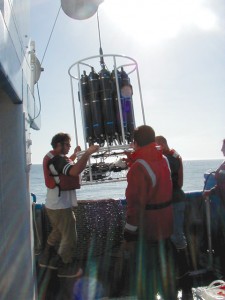
Deployment of the CTD and water collection system that measures salinity and temperature continuously during its vertical descent to the ocean floor, up to 2200 m below the vessel.
This project has allowed us to recognize that the Gulf of Alaska shelf undergoes alternating periods of warm and cold springs, some of which last for multiple years. The winters of 2014 and 2015 were particularly warm, with spring temperatures at some locations as much as 2.6° C above the long-term average. The northern Gulf of Alaska ecosystem does not respond predictably to intermittent basin-scale events such as El Niño or to longer-term regime shifts such as the Pacific Decadal Oscillation. It is profoundly affected by warmer, fresher, and spring light conditions that influence the timing and magnitude of planktonic processes. After a return to average temperatures during May 2017 and 2018, temperatures during spring 2019 were above average (0.64°C), representing the 5th warmest in the time series, and summer surface temperatures were more than 15°C. These temperature spikes are shown in the graph below.
The Gulf of Alaska is experiencing long-term warming, surface freshening, and increased stratification. However, in the last five years, many physical and lower trophic-level biological metrics have returned to a state similar to conditions prior to the Pacific Marine Heatwave (PMH) event.
Warming conditions are causing a reduction in nutrient exchange, leading to lower phytoplankton primary production, biomass, and cell size. The composition of micro-, meso-, and macrozooplankton communities is also changing, especially during summer and fall, influenced by climate forcing. This, in turn, affects upper trophic level species like seabirds, which respond to changes in their prey.
Despite these challenges, the system seems capable of recovering from extreme events such as the PMH.
